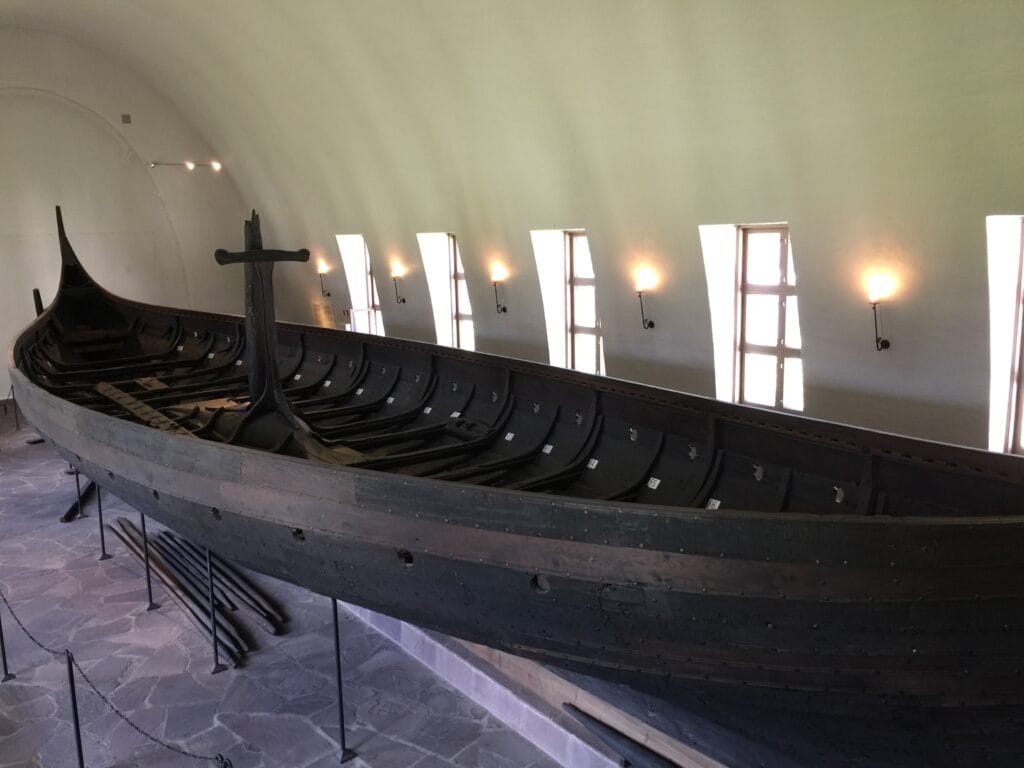



What To Expect In The Nordics
The Nordics, encompassing Norway, Sweden, Denmark, Finland, and Iceland, is a region known for its stunning landscapes, rich history, and modern, sustainable cities. Visitors can expect everything from fjords and glaciers to vibrant cities and traditional villages, offering a mix of natural beauty and cultural experiences. The Nordics are famous for their welcoming locals, high quality of life, and strong emphasis on environmental sustainability, making it an inviting and eco-friendly destination for all travelers.
Language: In the Nordic countries, each nation has its own language: Norwegian, Swedish, Danish, Finnish, and Icelandic. However, English is widely spoken across the region, especially in urban areas, tourist destinations, and by younger generations, making it easy for English-speaking visitors to communicate and navigate.
Currency: Each Nordic country uses its own currency, except Finland, which uses the Euro (EUR). Norway uses the Norwegian Krone (NOK), Sweden the Swedish Krona (SEK), Denmark the Danish Krone (DKK), and Iceland the Icelandic Króna (ISK). Credit cards are widely accepted, even for small transactions, and contactless payment is common throughout the Nordics. Exchange rates vary but typically range around 1 USD = 10 NOK, 11 SEK, 7 DKK, 130 ISK, and 0.95 EUR. Checking current rates before traveling is recommended for accurate budgeting.
Things to Know Before You Go: The Nordics are known for their high standards of living, and visitors can expect excellent public services, clean streets, and a strong emphasis on punctuality. Tipping is appreciated but not mandatory, as service charges are usually included. The region is generally very safe, with low crime rates and friendly locals. When visiting natural attractions, it’s important to respect environmental guidelines, as the Nordics place a high priority on sustainability and protecting nature. Additionally, it’s helpful to note that food, drinks, and other items may be more expensive than in other parts of the world, particularly in Norway and Iceland.
Climate: The Nordic climate varies widely by season and location. Summers (June to August) offer mild temperatures and extended daylight hours, perfect for outdoor activities like hiking and exploring cities. Winter (December to February) is known for snow, especially in Norway, Sweden, and Finland, where visitors can enjoy winter sports and catch the Northern Lights. Spring (March to May) and autumn (September to November) are also beautiful seasons, with cooler weather and fewer crowds, making them ideal for a quieter experience. For most travelers, the best time to visit is during the summer when the weather is most accommodating, although winter is perfect for those eager to experience Nordic winter traditions and festivals.
With its multilingual accessibility, credit card convenience, and seasonal variety, the Nordics offer an unforgettable journey through some of the most scenic and culturally rich destinations in Europe.




